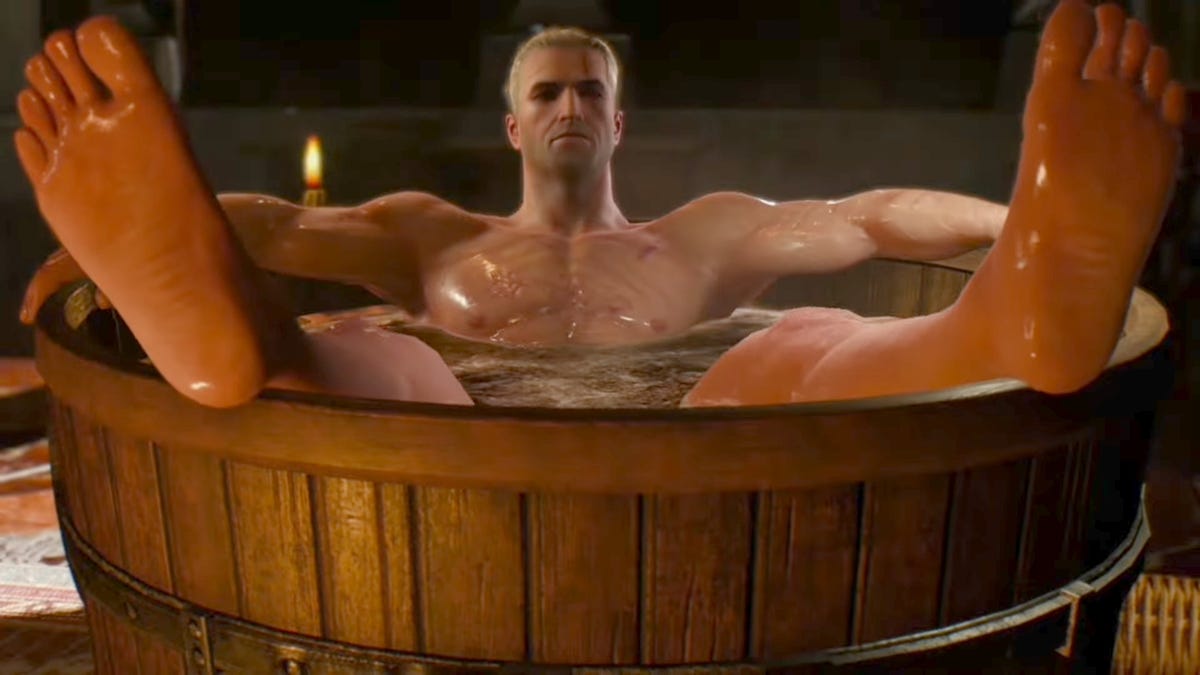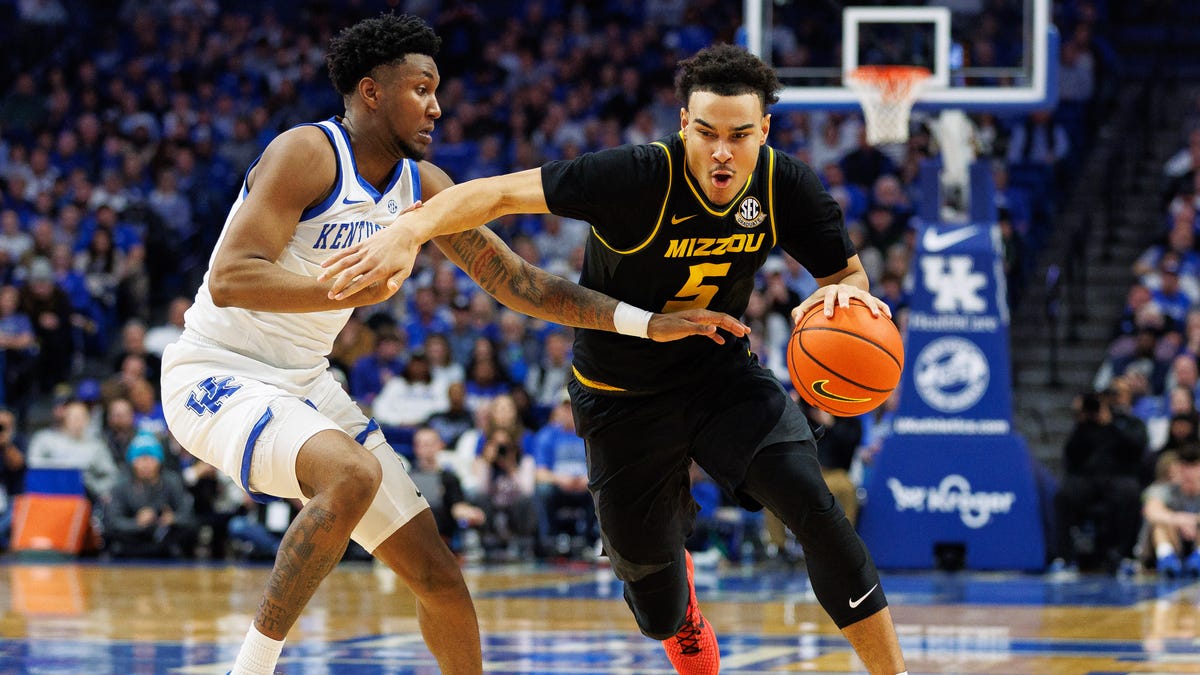With the announcement of baseball’s 2024 Hall of Fame class coming Tuesday, The Athletic brought together three of its most esteemed writers — Jayson Stark, Ken Rosenthal and Peter Gammons — to discuss the voting and look ahead at what may come for the Hall and its candidates in the next few years. Stark and Gammons are both recipients of the BBWAA Career Excellence Award, the highest honor for baseball writers, and are recognized in a permanent exhibit at the Hall of Fame itself.
Todd Helton got just 16.5 percent of the vote in his first year on the ballot. It now looks like he’s going to get elected — next year if not this year. We’ve seen similarly meteoric rises recently by Scott Rolen, Larry Walker, Mike Mussina and others. Why do you think that is? And is there a candidate in the 10-to-20 percent neighborhood on this ballot who could be the next to zoom toward election?
Jayson Stark: Am I allowed to say that I think there is more than one answer?
First off, all of those guys debuted in years when the ballot was more overstuffed than my dishwasher. In Helton’s first year (2019), there were seven future Hall of Famers on that ballot … plus Barry Bonds, Roger Clemens and Curt Schilling … plus two more guys we could conceivably elect soon, Billy Wagner and Andruw Jones. So naturally, when those skies cleared, it left more room for players like Helton to take off.
Second, we don’t vote the way we used to vote! I wrote about this in my ballot column. I’ll get into it more in my answer to the next question. We have more tools to evaluate players now than we’ve ever had — and we’re using them.
Third, is social media vote shaming creating more groupthink? I hate to believe that answer is yes … but that answer, obviously, is yes.
Finally, I only see one player who was under 20 percent last year who has a chance to get elected someday (and not a good chance): Jimmy Rollins … if Chase Utley’s rise up this ballot somehow carries his double-play partner with him. But so far, haven’t seen any sign of that.
Ken Rosenthal: I know it drives some fans crazy to see some players build momentum the way Helton and others have in recent years. The question those fans ask — a retired player’s statistics do not change, so why do his vote totals? — is perfectly valid. But there are perfectly valid explanations, too.
The crowded ballots in the 2010s are one reason certain players experience meteoric rises. As the eligibility of certain candidates expired — think Barry Bonds, Roger Clemens and Curt Schilling after the 2022 election — spots opened for others. Voters responded accordingly, adding players to their ballots.
The bigger reason for these patterns lies in something less tangible and more difficult to explain: the changing perspectives of voters over time. As a voter, I try to remain open-minded and give my ballot a fresh look every year. A rigid outlook is counter-productive, particularly at a time when advanced metrics enable us to view players perhaps differently than we did when they were active.
Helton is an example of a player I did not vote for initially. My first vote for him was in 2021, his third year of eligibility. And the crowded ballot was only part of the reason. Like many voters, I was uncertain about a hitter who spent his entire career playing his home games at hitter-friendly Coors Field. But in researching the matter further, I learned playing at altitude was a double-edged sword. It fatigues players. It also makes them more vulnerable to pitches that move differently on the road.
The appreciation for Bert Blyleven, a pitcher elected on his next-to-last try in 2011, grew in part because the rise of sabermetrics offered voters a different understanding of his career accomplishments. That was a positive development. Flexibility in thought is important. It’s OK for voters to change their minds.
Gammons: I don’t see any jump similar to Helton’s climb from his 16.5 percent starting point. I feel the more voters think about Carlos Beltran’s center-field credentials, the more we’ll see his totals rise. His 46.5 percent start in 2023 was a strong jumping-off point, his offensive and defensive credentials are strong for his position, and the more time passes since the 2017 Astros scandal, the less emotion may be involved as the writers fill out their ballots.
The Chase Utley case may take multiple years of pure analytics vs. leadership debates, but since early ballot tracking has him polling in the mid-40s in this, his first year on the ballot, by the time he gets to the fourth or fifth ballot, the testimonials of so many ex-teammates who experienced his commitment to winning should begin to tell. His Cooperstown plaque should begin with a phrase something like this: “Teams that wanted to win tried to find some way to get Chase Utley on their team, because every day of his career the only thing he cared about was winning.”
It has been almost 50 years since the writers elected a player with under 2,000 hits. But we’ve seen a lot of support on Ryan Thibodaux’s Hall of Fame Tracker for both Andruw Jones (1,933 hits) and Chase Utley (1,885). What is that telling us about the way modern voters look at players?
Stark: Back in the olden days of, say, 1993, no voter would have spent 30 seconds thinking about voting for a guy in the 1800-Hits Club. But this just in: It isn’t 1993 anymore.
I spent a major chunk of my ballot column this week laying out the evolution of my own thinking. But now I’ll try to explain it in a different way.
In 1993, the tools voters had to evaluate Hall of Famers feel so primitive now: Hits … wins … batting average … ERA, not to mention homers and RBIs … all standards that hadn’t changed much since 1936. So of course those elections revolved around those world-famous magic counting numbers. What other insightful numbers did these voters even have?
Nowadays, though, we can look at our sport through such a different prism: Wins Above Replacement and JAWS allow us to measure everything players did on the field, plus how big their peak was. And we’ve now arrived at an era in which voters seem to value rate stats more than counting stats. Ask Larry Walker. Ask Edgar Martinez.
You could argue that we need more balance. You could argue there is too much focus on WAR, with not enough nuanced conversation about what WAR does and doesn’t tell us, and how we should factor in that other stuff we learned from all our years covering baseball.
But as a voter, I’d still rather live in this world than that 1993 world. It’s allowing us to see greatness in ways we would have missed before. And what’s the downside of that?
Rosenthal: It tells us that voters are showing a greater understanding that Hall of Fame candidates come in different forms, and reacting to changing norms in the game. My only concern is lowering the bar. The inevitable elections of players with fewer than 2,000 hits might strengthen the cases of others who had shorter careers, but are not quite as deserving.
I’m big on longevity. I prefer a minimum of 10-year dominance, as opposed to shorter peaks. But again, I never want to be rigid. I voted for Jones primarily because he was the best defensive center fielder of his time, Utley because he was a brilliant all-around player during a highly successful period for his team.
A fan might ask, “Well, if you’re voting for Utley, why not David Wright? And what about Dustin Pedroia, who will be on the ballot for the first time next year?” Such questions are entirely fair. I would argue that Utley is the best of the three, as evidenced by his 61.6 fWAR, compared to 51.2 for Wright and 44.5 for Pedroia. But WAR is only one measure. And if you told me Wright meant as much to the Mets and Pedroia to the Red Sox as Utley did to the Phillies, I might concede the point.
The increased rate of injuries, stemming from the emphasis on power in all phases of the game, is producing shorter careers. We need to account for that reality, even if it makes certain decisions more difficult.
Bring on the sub-2,000 hit guys. The best of them, anyway.
Gammons: This is about players who did something extraordinary to help their teams — and teammates — get a World Series ring. When we watched Alan Trammell and players from the 1970s and 1980s make their speeches in Cooperstown, they were raised in a different game with different approaches at the plate and different rewards.
Carl and Mike Yastrzemski exemplify that divide: Mike Yastrzemski had a .330 on-base percentage and a 113 OPS-plus this past season, but when he called his grandfather — whose care for that grandson includes staying up every night watching West Coast games — on his birthday, Carl picked up the phone and immediately said: “Stop taking so many pitches.” Keep in mind that the elder Yastrzemski struck out only six times and drew 14 walks in 50 at-bats against none other than Nolan Ryan. In Carl’s rookie season, 1961, the MLB averages were a 13.6 percent strikeout rate and 9 percent walk rate, as opposed to a 22.7 percent strikeout rate and an 8.6 percent walk rate in 2023.
Rather than judging by their hit totals, look at how often they were on base. Joey Votto is one of the great hitters of the last quarter century and has 2,135 total hits — but he also has 1,365 walks and a career on-base percentage of .409. Batting average is an also-ran stat compared to OBP. Of course, even as we come to understand that there is no one cookie-cutter approach to success, then the game evolves again: There are many teams in the modern game emphasizing contact, putting the ball in play and seeing runners circling the bases like horses on a carousel. Bobby Witt Jr. and Jackson Holliday will have 2,000 hits before their careers are said and done. Maybe even 3,000.
We have another fascinating election coming next year. Ichiro Suzuki, CC Sabathia, Félix Hernández and Dustin Pedroia are all making their ballot debuts. How many of those four will get elected someday?
Stark: We’re now nine decades into Hall of Fame voting. One of these centuries, somebody has to become the first position player to get elected unanimously, right? Why wouldn’t Ichiro be that somebody? If 10 Gold Gloves, nearly 3,100 hits (plus another 1,278 in Japan), 500 steals and an MVP/Rookie of the Year daily double aren’t enough, I guess we’re hopeless.
I think Sabathia will breeze in. Maybe in his first year on the ballot. Almost certainly by his second. It’s a funny thing about CC: The aura doesn’t totally match his numbers. You could win a lot of bar bets, for instance, asking who has a better career ERA+: CC (116) or Mark Buehrle (117). But 2006-12 CC Sabathia had a level of dominance that Buehrle (and another comp, Andy Pettitte) can’t match: 122-57, with a Cy Young Award, five top-five finishes in a row and a 140 ERA+. So he’s in!
Speaking of prodigious peaks, King Félix has a fun, big-peak case himself. Check out his seven outrageously great seasons from 2009-15: 104-65, a Cy Young Award, two other top-two Cy Young finishes and a 136 ERA+. Sadly, he was never the same after that. But he has a certain Johan Santana-ish appeal, except with a longer career. He’s also a litmus test of how we’ll look at modern aces in the future. So it wouldn’t shock me if he got elected at some point.
Then there’s Pedroia, who will be another test for the We Don’t Care about 2,000 Hits crowd. He has a little Utley in him and a lot of David Wright. Great peak. Willed his teams to win. Huge presence. Clearly on a Hall of Fame track until the injuries hit. I still don’t think he’ll make it. But like Wright, I hope he hangs around the ballot while we sort out how much we care (or don’t care) about that thing we used to care about most — those pesky counting numbers.
Rosenthal: I’ll go with three: Ichiro, Sabathia and maybe Hernández.
Ichiro, in my view, should be unanimous. He arrived in the majors at age 27 and still finished with 3,089 hits, including an astonishing 2,244 in his first 10 seasons. He was a Rookie of the Year, an MVP, a 10-time All-Star and a 10-time Gold Glove winner. End of discussion.
Sabathia is trickier. He certainly was one of the dominant pitchers of his era, but his career ERA-plus was a mere 16 percent above league average. Among the last four starting pitchers elected by the writers, Pedro Martinez was 54 percent above league average, Randy Johnson 35 percent, Roy Halladay 31 percent and Mike Mussina 23 percent. On paper, Sabathia’s career looks quite similar to that of his former Yankees teammate, Andy Pettitte, who in five tries has yet to receive more than 17 percent of the vote. The difference, in perception at least, is that CC was more of an ace. If he gets elected quickly, voters might start to see Pettitte as more viable.
Hernández is an interesting case. From 2006 through ‘15, he won a Cy Young Award and finished in the top eight five other times. His ERA-plus in that span was 27 percent above league average. But he also threw the most innings of any pitcher in the majors, and eventually he wore down, his career ending at 33. Should it be held against him that the Mariners rode him too hard?
We can ask a similar question about Pedroia: Is it his fault his career was never the same after Manny Machado slid high into him in April 2017, leading him to retire at 35? The answer to that clearly is no. The bigger question is whether his previous accomplishments made him a Hall of Famer.
Gammons: In the spring of 2016, the Marlins had Don Mattingly as manager, Barry Bonds as the hitting coach and 43-year-old Ichiro Suzuki as an outfielder. Mornings around the batting cage in Jupiter, Fla. were fascinating, especially the rapport between Bonds and Ichiro. One morning, Bonds said. “I’ve never seen anyone hit like him, he’s amazing. He looks like he could fall forward and still hit a ball in the left-center field gap.”
By that point in his career, I never thought Ichiro wouldn’t make the Hall of Fame. In truth, the first time Ted Simmons was on the ballot, it never crossed my mind that he wouldn’t be a first-ballot HOFer. He ended up being voted in by a veterans committee, fortunately and deservedly, but some elements that seem clear to those of us who watched these players can be dimmed by time. There are players on the 2025 ballot — Ichiro, Sabathia, Hernández and Pedroia — who elicit strong feelings from home fans and writers where they played that their plaques should hang on the walls in Cooperstown. That doesn’t mean they’ll all breeze in, of course.
Ichiro was a relentless artist of a player. Watch him play — the way he ran angled to fly balls, how quickly he released throws, the angles at which he turned the bases, the joy with which he competed, and one easily imagines him in Cooperstown. But as many questioned Ichiro in spring training, 2001, the 107 OPS+ may raise some questions among some votes who prefer dominance in that analytic. That said, after he was named to the all-tournament team in the 2006 World Baseball Classic, I asked him in which language he would give his Hall of Fame acceptance speech, to which he replied, “Spanish.”
Sabathia won 251 games, and like wins or not, that’s more than Hall of Famers Whitey Ford, Juan Marichal and Waite Hoyt. Think about 2008, when the Brewers acquired him from Cleveland, and Sabathia made three straight starts on three days rest in the final two weeks to get the Brewers into the playoffs. His agents tried to save him from himself, but Sabathia refused to back off, made each start, the Brewers won two of them and made the playoffs.
Anyone who was ever around the Red Sox appreciated that from the time he was a rookie, Dustin Pedroia was the leader of a group that won three World Series. He was rookie of the year, MVP, won four Gold Gloves, hit a lifetime. 299 with a 113 OPS+ and did it all with an energy, bravado and clubhouse presence that was both intense and comical. But over the years that intensity was felt hardest on his knees as he jump-started like a tennis player preparing on every pitch; in his last three seasons was able to play but 114 games. He ultimately finished with only 10 seasons with over 100 games played, and we are all left to wonder what could have been if injuries hadn’t impacted his longevity.
In Hernández’s peak — the 2009-15 seasons in which he won 104 games with a 2.83 ERA for the Mariners — the righty was the poster pitcher for those who fought for evaluations based on several statistics rather than simply games won. He won a Cy Young Award, and finished in the top 10 in six of those seven years. But 151 career wins are not going to get him to Cooperstown on the writers’ ballots.
(Top photo of Helton: Doug Pensinger / Getty Images)

Christine Lake is a sports fanatic who lives and breathes athletics. With an extensive background in sports journalism, he covers everything from major league championships to grassroots sports events. When she’s not on the field or at the stadium, you’ll find Christine coaching youth sports teams.








